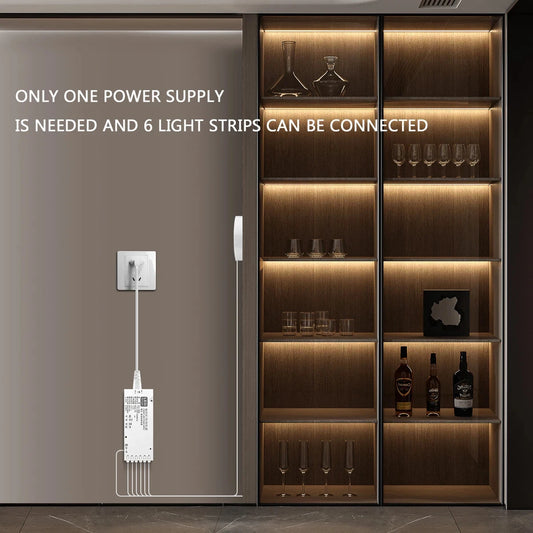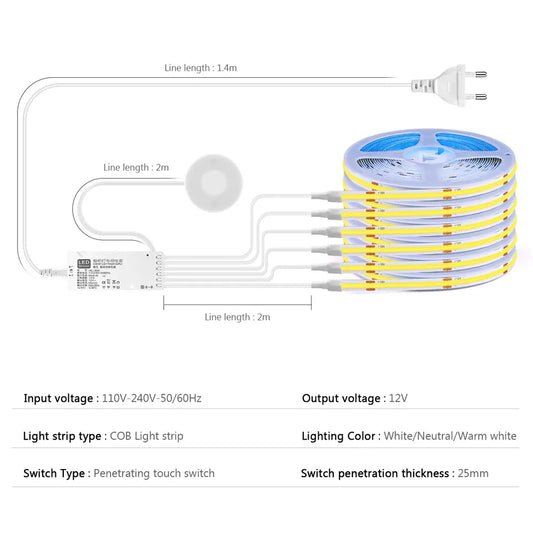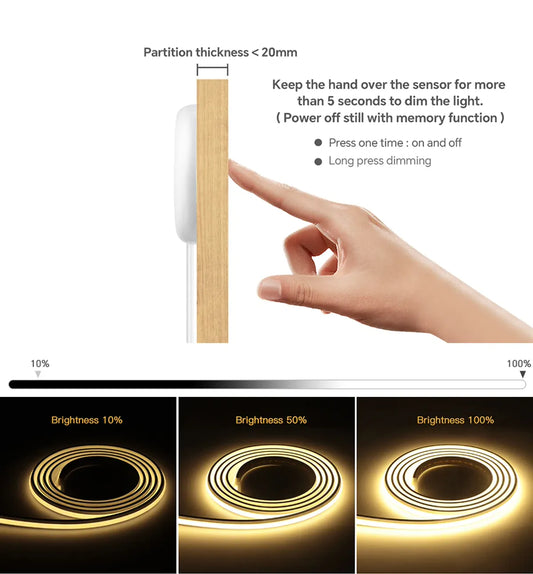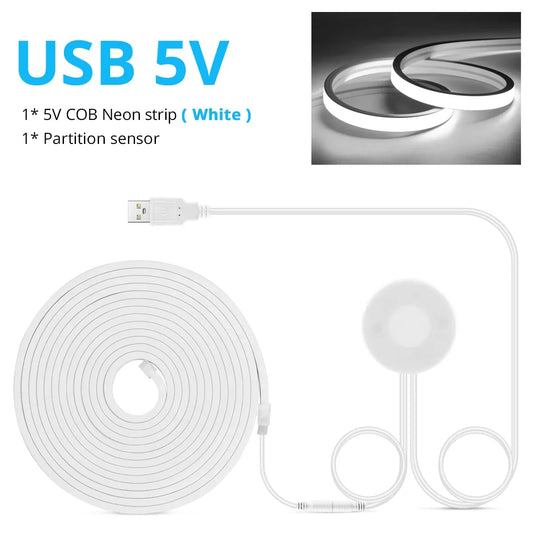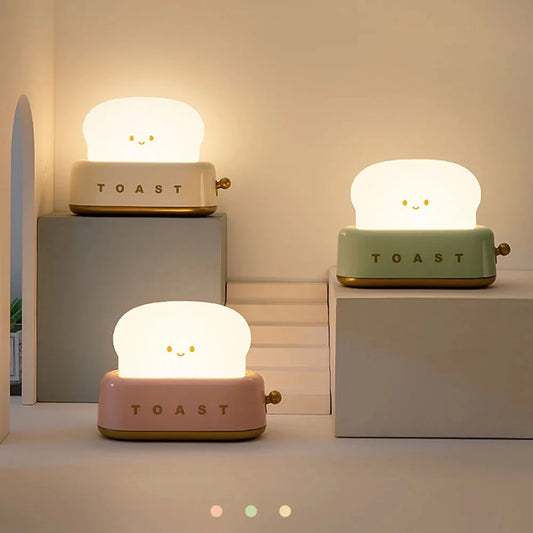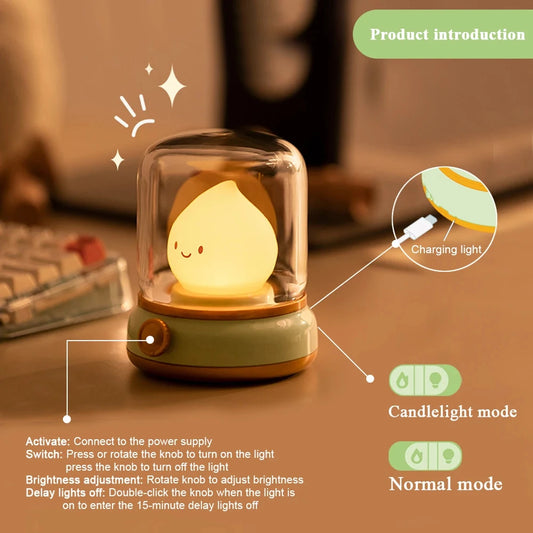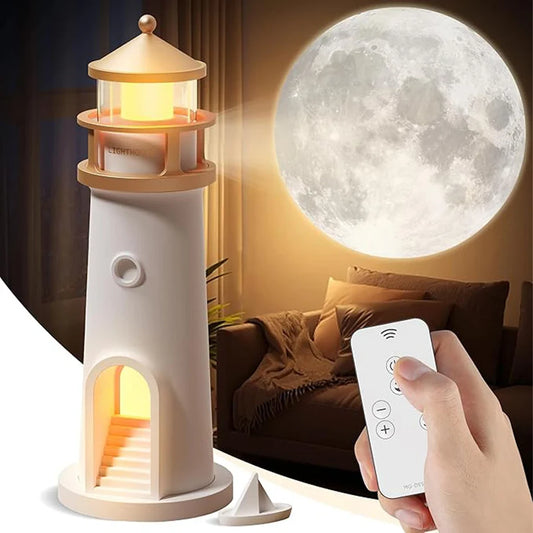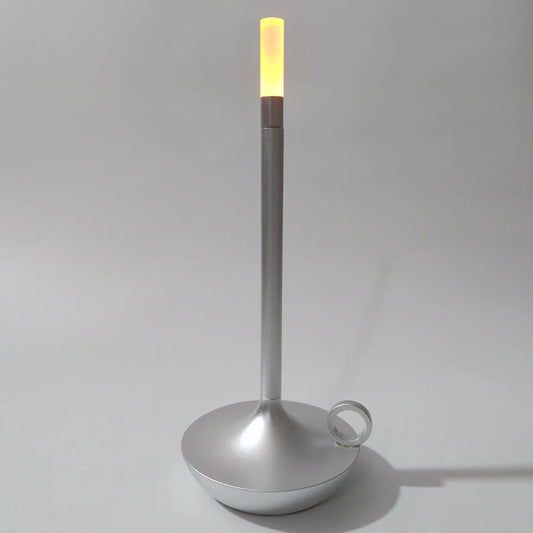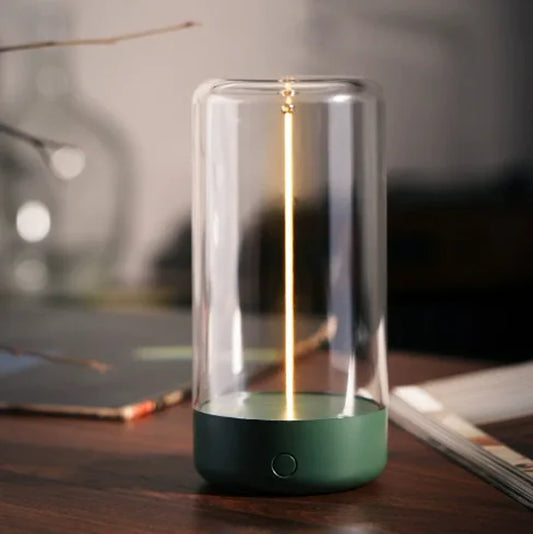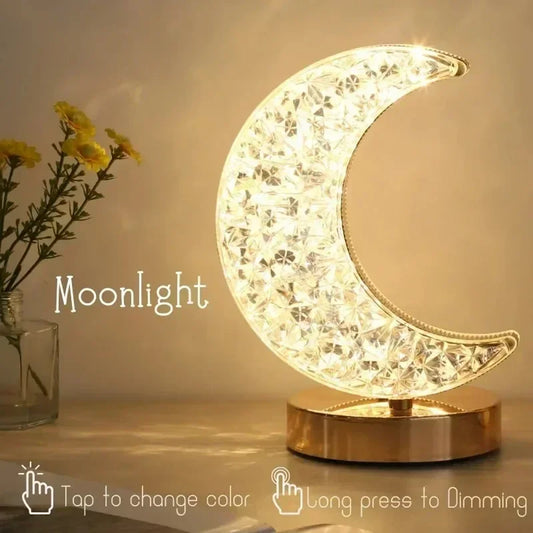
Grow Light Efficiency Calculation Tool | PPFD/Watt
Share
Table of Contents
- Introduction
- Understanding Grow Light Metrics
- Why Efficiency Matters in Grow Lights
- Using the Grow Light Efficiency Calculation Tool
- Expert Opinions and Data
- Practical Examples and Personal Experiences
- Conclusion
- FAQs
Introduction
Optimizing plant growth requires an understanding of grow light efficiency. Using a grow light efficiency calculation tool can help you size your grow light system accurately by considering metrics like wattage, PPFD, PPF, and PAR. This post provides a detailed guide on using our calculation tool, supported by expert insights and practical examples.
Understanding Grow Light Metrics
| Metric | Description | Importance |
|---|---|---|
| Wattage | Measures electrical power consumed by the grow light. | Helps estimate energy costs but does not directly measure usable light. |
| PPFD (Photosynthetic Photon Flux Density) | Measures the number of photosynthetically active photons reaching a specific area per second. | Indicates light intensity at the plant canopy level, crucial for plant growth. |
| PPF (Photosynthetic Photon Flux) | Measures the total amount of photosynthetically active photons emitted by the light source per second. | Gives an overall measure of the light's capacity to support plant growth. |
| PAR (Photosynthetically Active Radiation) | Refers to light wavelengths (400-700 nm) that plants use for photosynthesis. | Ensures the grow light emits light in the spectrum that plants can use effectively. |
Why Efficiency Matters in Grow Lights
Efficiency in grow lights means maximizing the usable light output (PPF and PPFD) with minimal energy consumption. Efficient grow lights reduce energy costs, lower heat output, and improve plant growth and yields.
Using the Grow Light Efficiency Calculation Tool
Step-by-Step Guide
-
Select Your Grow Light Technology:
- Example: HPS SE (High-Pressure Sodium Single-Ended) with a PPF of 1.9 µmol/watt.
-
Estimate the Efficiency of the Reflector or Lens:
- Reflectors and lenses can vary in efficiency. Use an average efficiency if exact data is unavailable.
- Example: Reflector efficiency at 85%.
-
Assess the Reflectivity of Your Grow Room Walls:
- Wall material impacts light loss. Silver mylar is highly reflective, reducing light loss.
- Example: Silver mylar with 90% reflectivity.
-
Determine the Efficiency of the Power Supply:
- The efficiency of LED drivers or HID ballasts can vary.
- Example: Digital ballast efficiency at 95%.
-
Calculate System Efficiency:
- Multiply the PPF/Watt by the efficiencies of the reflector, walls, and power supply.
- Example Calculation:
- 1.9 µmol/watt (PPF/Watt) x 0.85 (Reflector) x 0.90 (Walls) x 0.95 (Power Supply) = 1.38 µmol/watt
Expert Opinions and Data
| Source | Key Insights |
|---|---|
| Illuminating Engineering Society (IES) | Emphasizes the importance of PPFD in selecting grow lights, noting that higher PPFD levels correlate with better plant growth. |
| American Society for Horticultural Science (ASHS) | Highlights that PAR is essential for optimizing light spectra for different plant species and growth stages. |
Practical Examples and Personal Experiences
Example 1: Home Hydroponics Setup
In my hydroponic setup, I used a grow light with a PPF of 200 µmol/s and a power consumption of 100 watts. The efficiency calculation showed a result of 2.0 µmol/J, which led to robust plant growth and lower energy costs.
Example 2: Commercial Greenhouse
In a commercial greenhouse, selecting lights based on their PPFD values ensured an average PPFD of 600 µmol/m²/s at the canopy level. This setup significantly increased crop yields and reduced time to harvest.
Example 3: Urban Gardening Project
In an urban gardening project, comparing two lights—one high wattage but low efficiency and another lower wattage but high efficiency—showed that the latter provided better growth results and lower electricity bills.
Conclusion
In conclusion, understanding and calculating grow light efficiency using metrics like wattage, PPFD, PPF, and PAR is essential for optimizing plant growth. Using a grow light efficiency calculation tool allows you to accurately size your grow light system, ensuring better yields and cost savings. By following the outlined steps and considering expert advice, you can make informed decisions to enhance your gardening or agricultural projects.
FAQs
What is the most important metric for grow light efficiency?
PPFD is often considered the most important metric because it measures the actual light intensity that plants receive at the canopy level, directly affecting growth and health.
How do I measure PPF and PPFD?
PPF can be obtained from the light manufacturer or measured using a quantum sensor. PPFD can be measured using a PAR meter at various points under the grow light.
Why is PAR important for grow lights?
PAR is crucial because it encompasses the light wavelengths that plants use for photosynthesis. Ensuring your grow light emits light within the PAR range is essential for effective plant growth.
Can high wattage alone ensure good plant growth?
No, high wattage alone does not ensure good plant growth. Efficiency, measured by how well the light converts energy into usable photons (PPF and PPFD), is more important than sheer power consumption.


